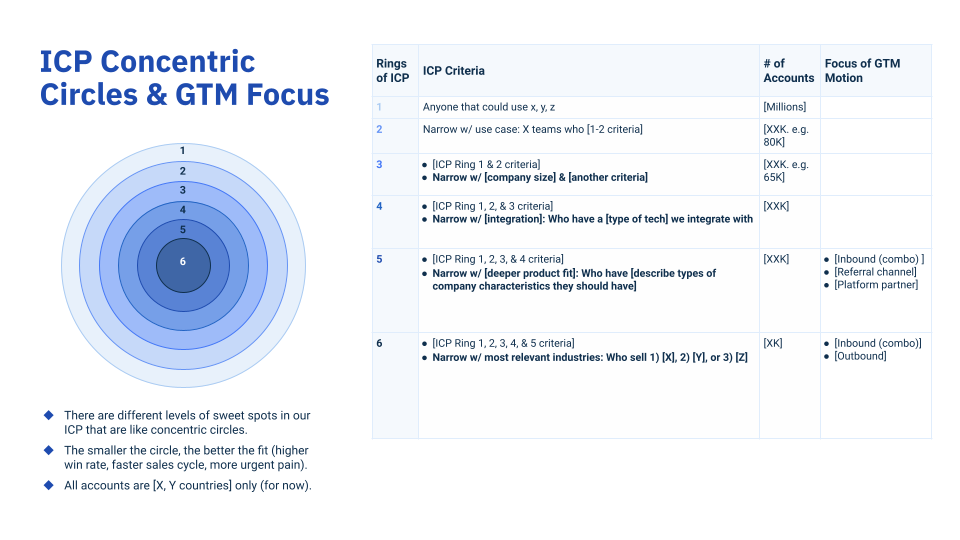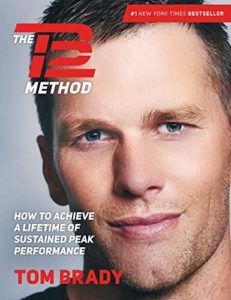Everyone has their own flavor for a framework for positioning and messaging. Here’s mine that I like to use to keep it simple:
- One-liner / positioning statement (When someone asks you, “What is [product name]?”, say these exact words and memorize them)
- E.g. Twilio Flex: The world’s most flexible contact center platform
- Optional: break down why you chose each word or phrase
- 2-3 sentence description
- Differentiators / unique capabilities, benefits (you can also think of this as similar to jobs to be done)
- When someone asks you, “How is [product name] different from others?”, say these 2-3 sentences (draft it for a few competitors)
- “Press release” boilerplate
- Tagline
- If the company has just one product, then it can also be helpful to include in the doc:
- Vision
- Mission


